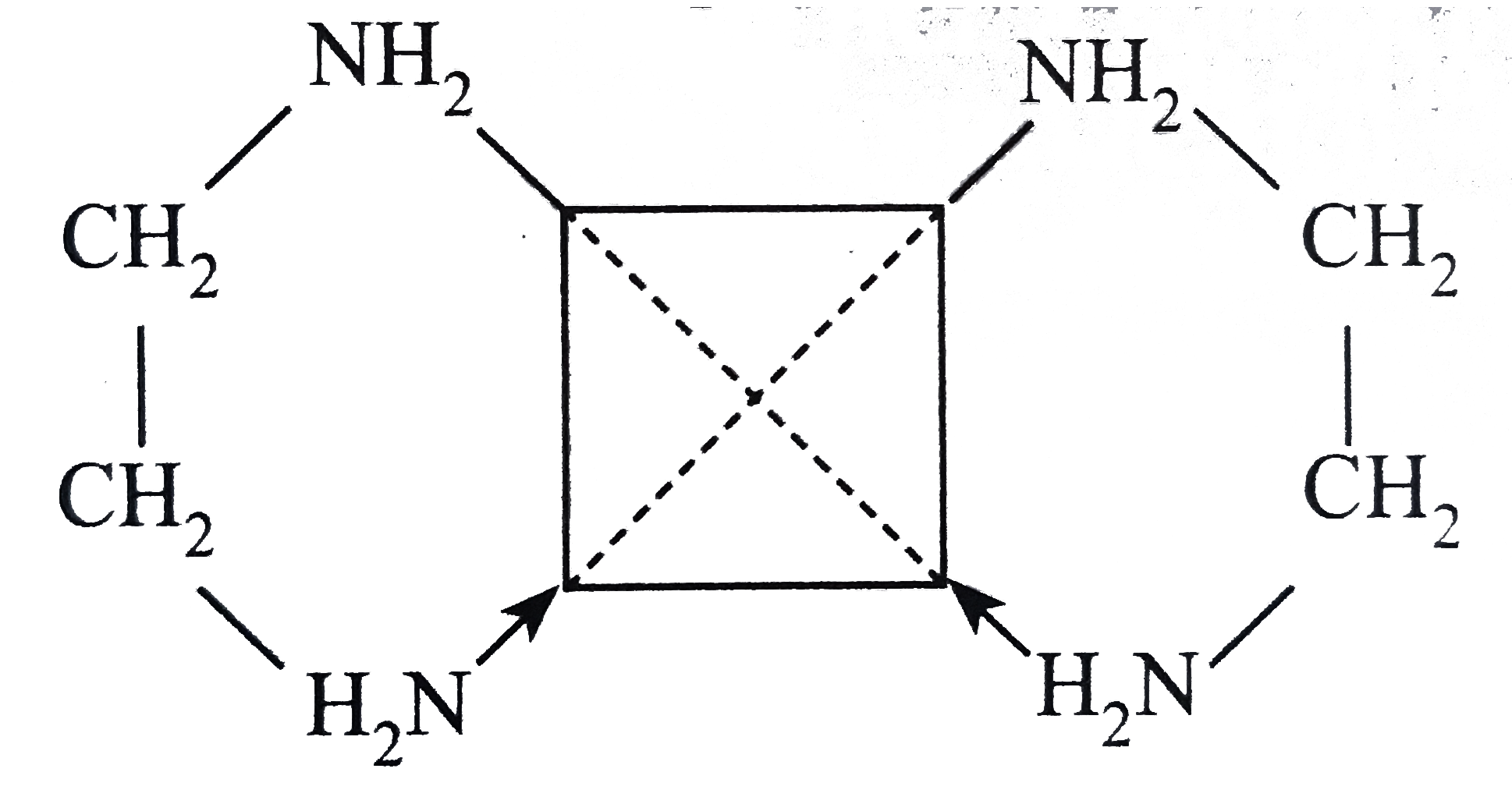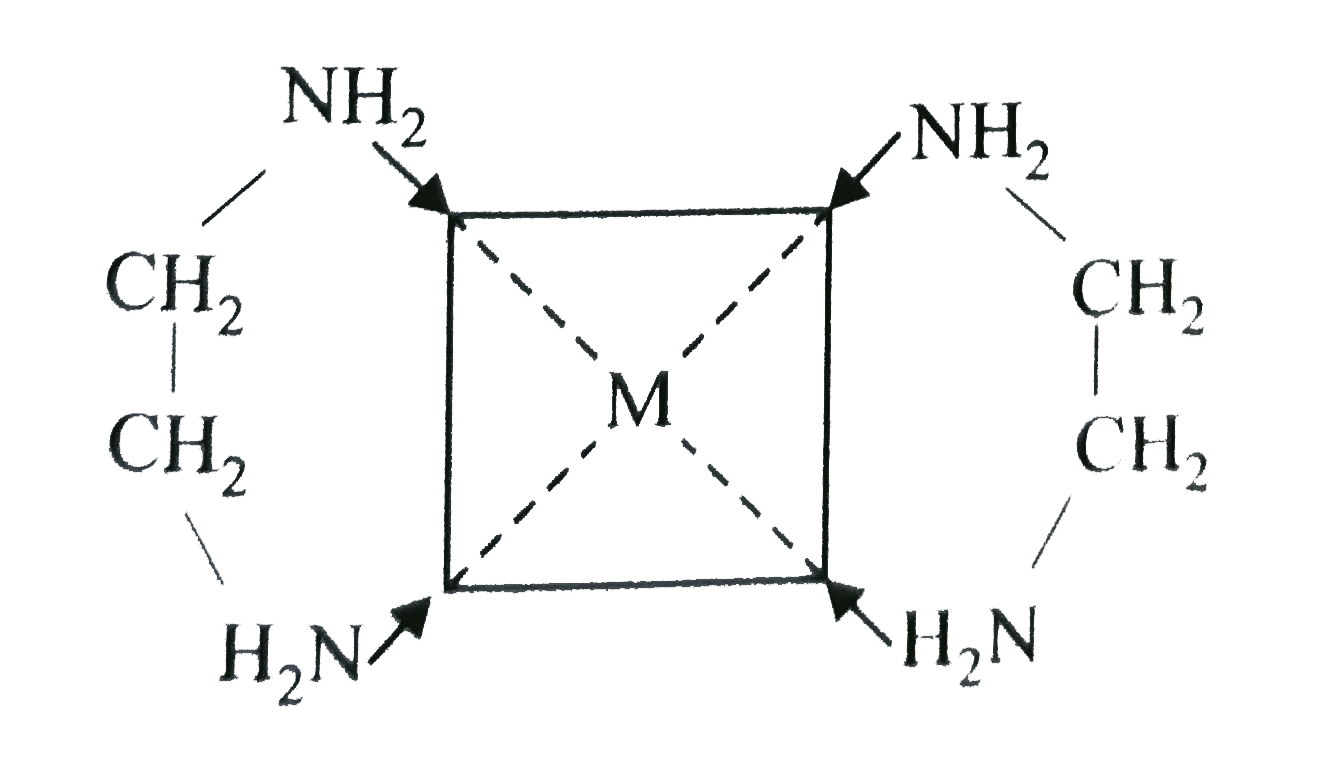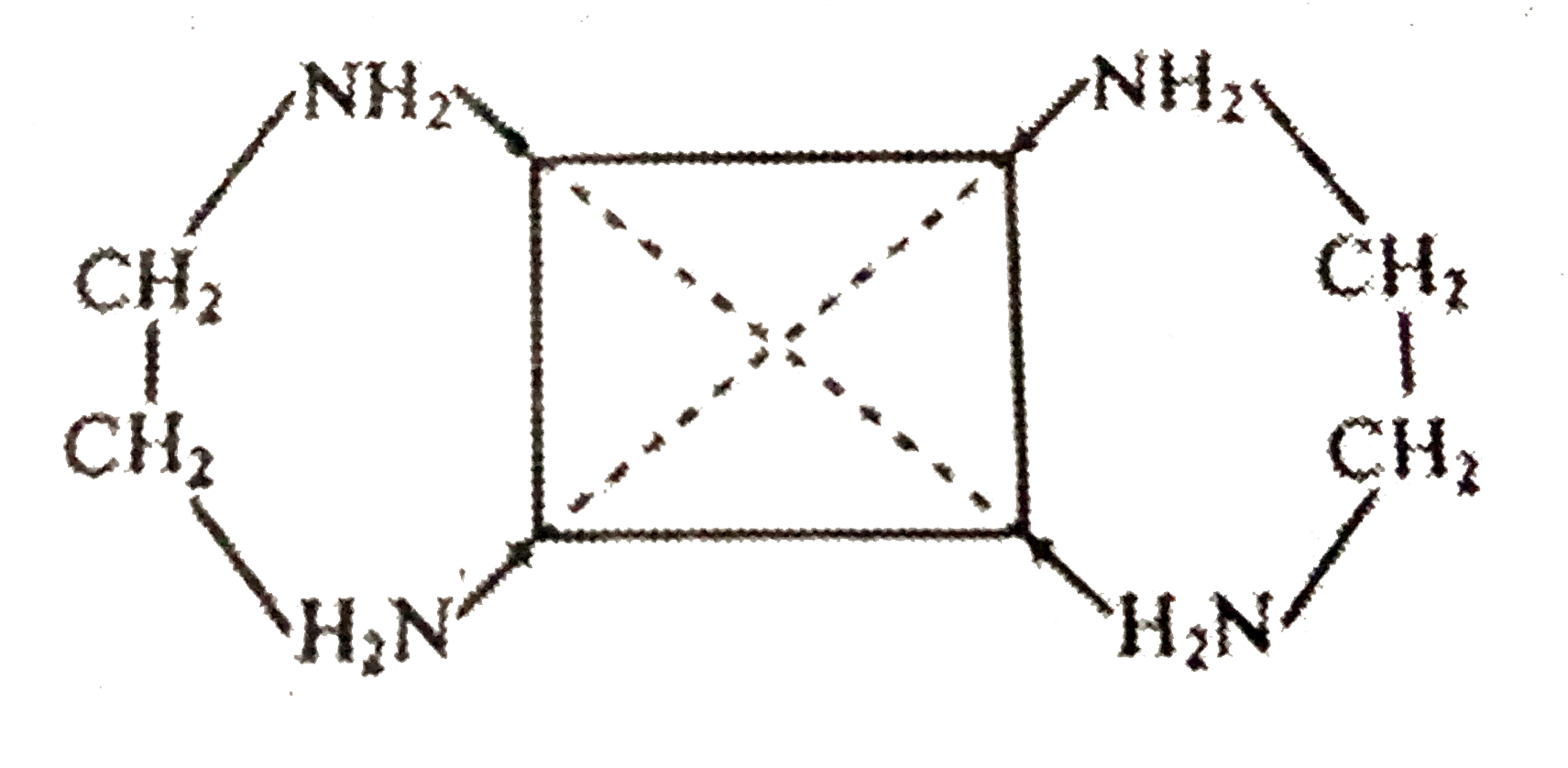A square planar complex represented as:

A
(a) Geometrical isomerism
B
(b) Linkage isomerism
C
(c) Optical isomerism
D
(d) None of these
Video Solution
Text Solution
The correct Answer is:D

All donating sides are same thus it doesn't show geometrical and optical isomerisms in square planar complex.
|
Topper's Solved these Questions
- COORDINATION COMPOUNDSBOOK - A2ZCHAPTER - COORDINATION COMPOUNDSEXERCISE - Optical Isomerism
22 Videos
- COORDINATION COMPOUNDSBOOK - A2ZCHAPTER - COORDINATION COMPOUNDSEXERCISE - Wemer Theory And Vbt
42 Videos
- COORDINATION COMPOUNDSBOOK - A2ZCHAPTER - COORDINATION COMPOUNDSEXERCISE - Nomenclature
23 Videos
- CHEMICAL KINETICSBOOK - A2ZCHAPTER - CHEMICAL KINETICSEXERCISE - Section D - Chapter End Test
30 Videos
- ELECTROCHEMISTRYBOOK - A2ZCHAPTER - ELECTROCHEMISTRYEXERCISE - Section D - Chapter End Test
30 Videos
Similar Questions
Knowledge Check
A square planer complex represented as :
 AGeometrical isomerismBOptical isomerismCLinkage isomerismDNone of these
AGeometrical isomerismBOptical isomerismCLinkage isomerismDNone of theseA square planar complex is represented as:
A(a) Geometrical isomersB(b) Optical isomerismC(c) Linkage isomerismD(d) NoneThe square planar complexes are
A[Pt(NH3)2Cl2]B[Ni(CN)4]2−C[NiCl4]2−D[PtCl4]2−
A square planar complex is formed by hybridisation of which atomic oritals?
View SolutionA square planar complex is formed by hybridisation of which atomic orbitals ?
View SolutionA square planar complex is formed by hybridisation of which atomic orbitals?
View SolutionA square planar complex is formed by hybridization of which atomic orbitals?
View SolutionA square planar complex is formed by hybridisation of the following atomic orbitals
View Solution